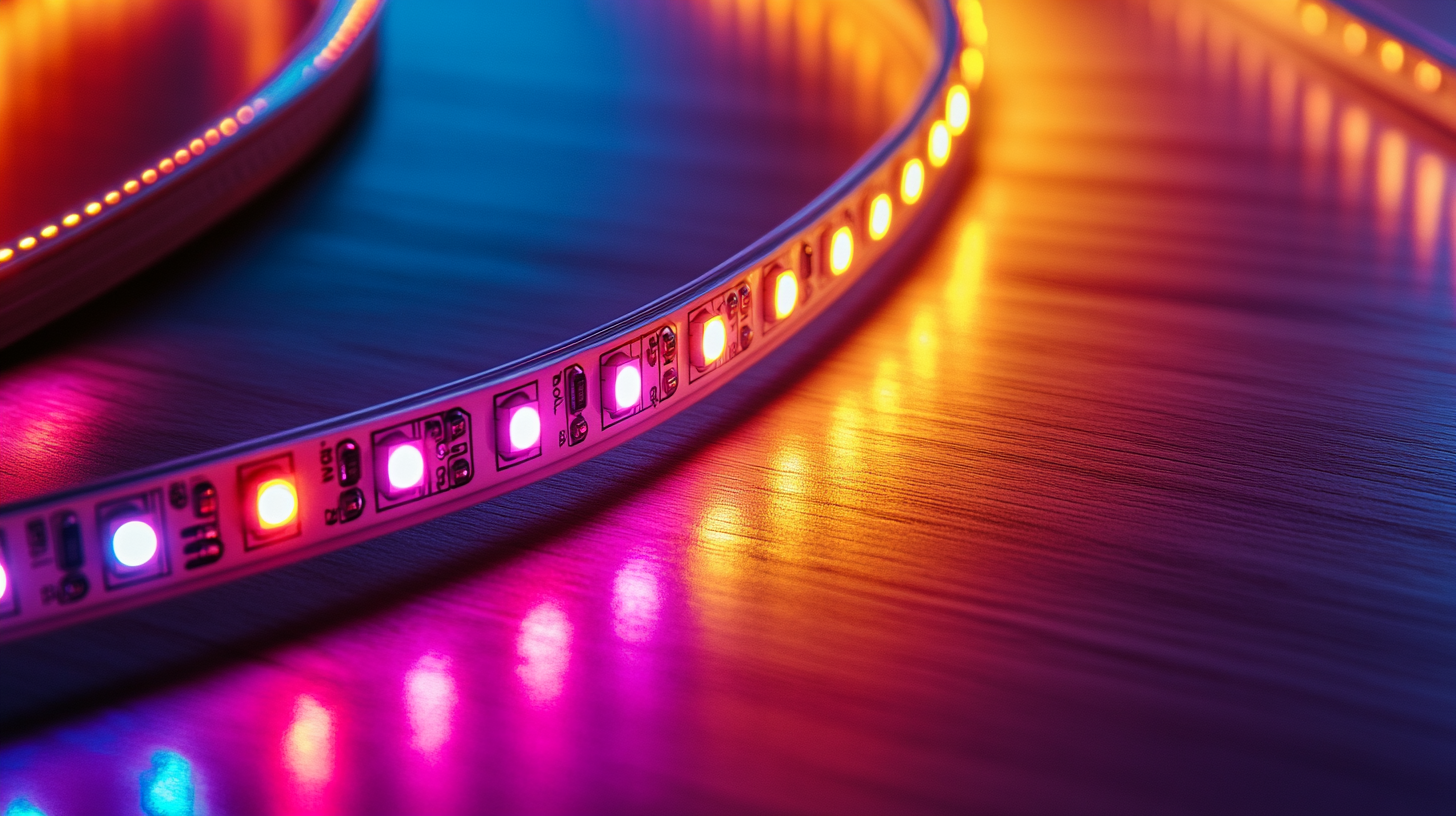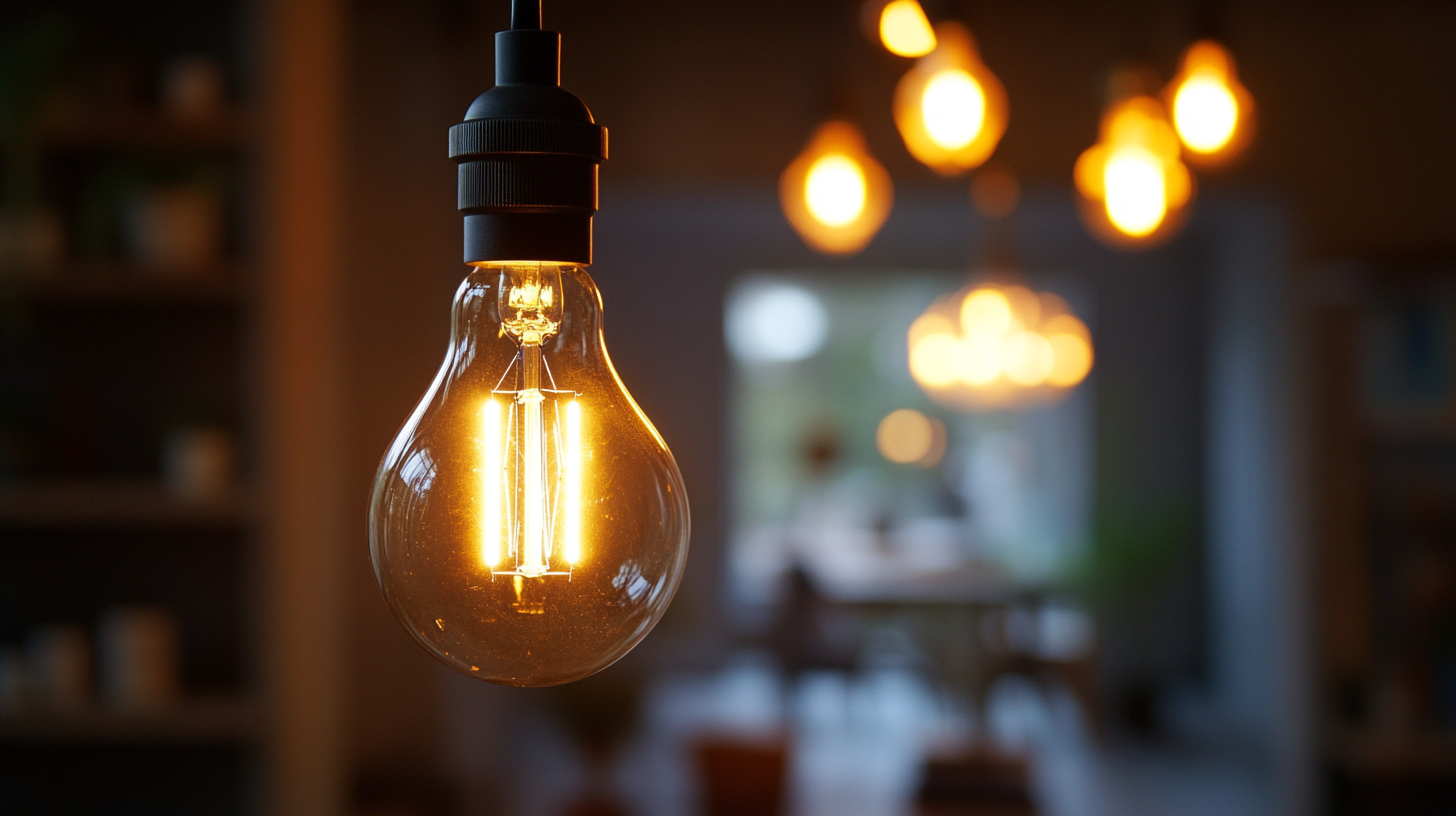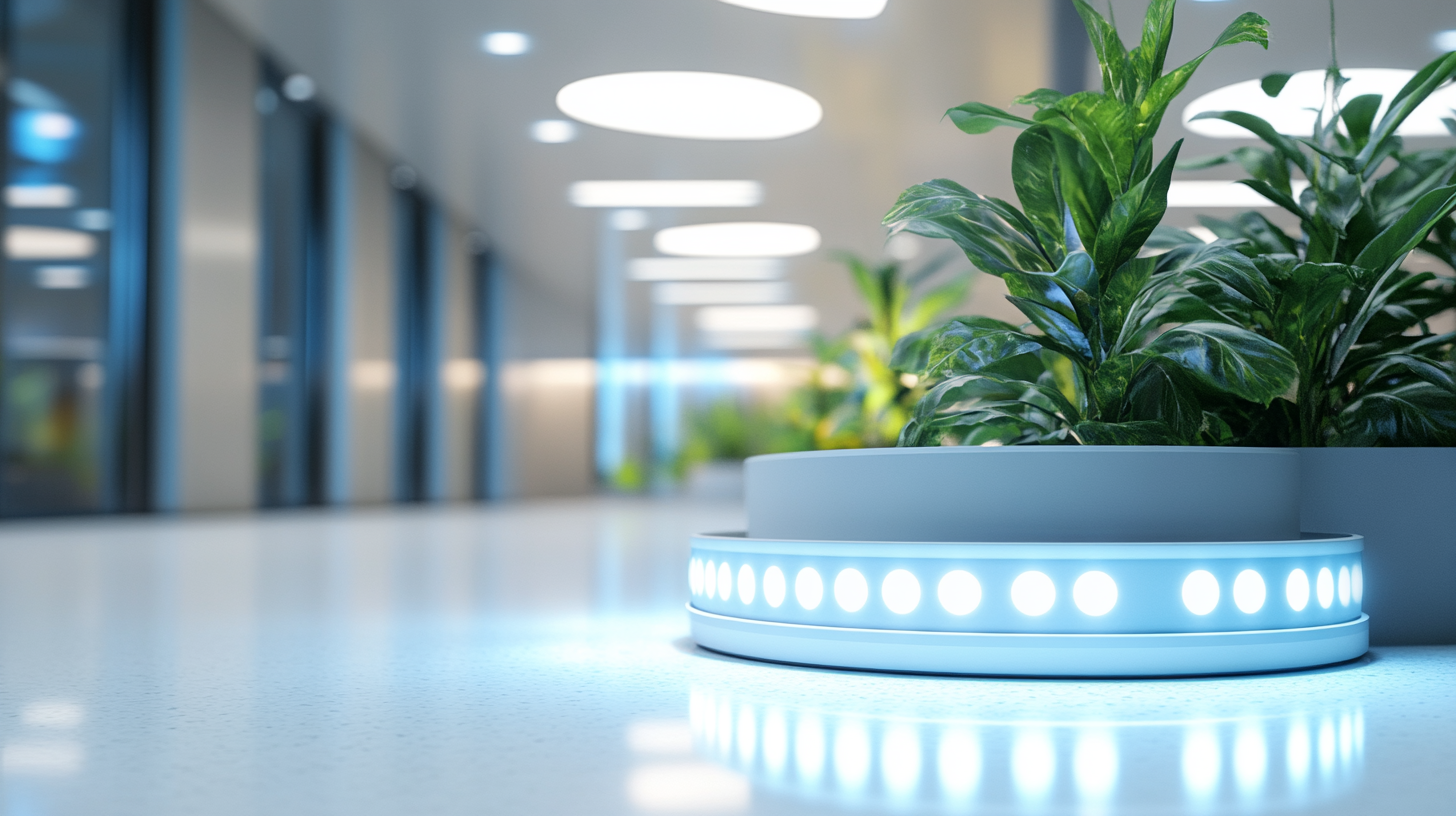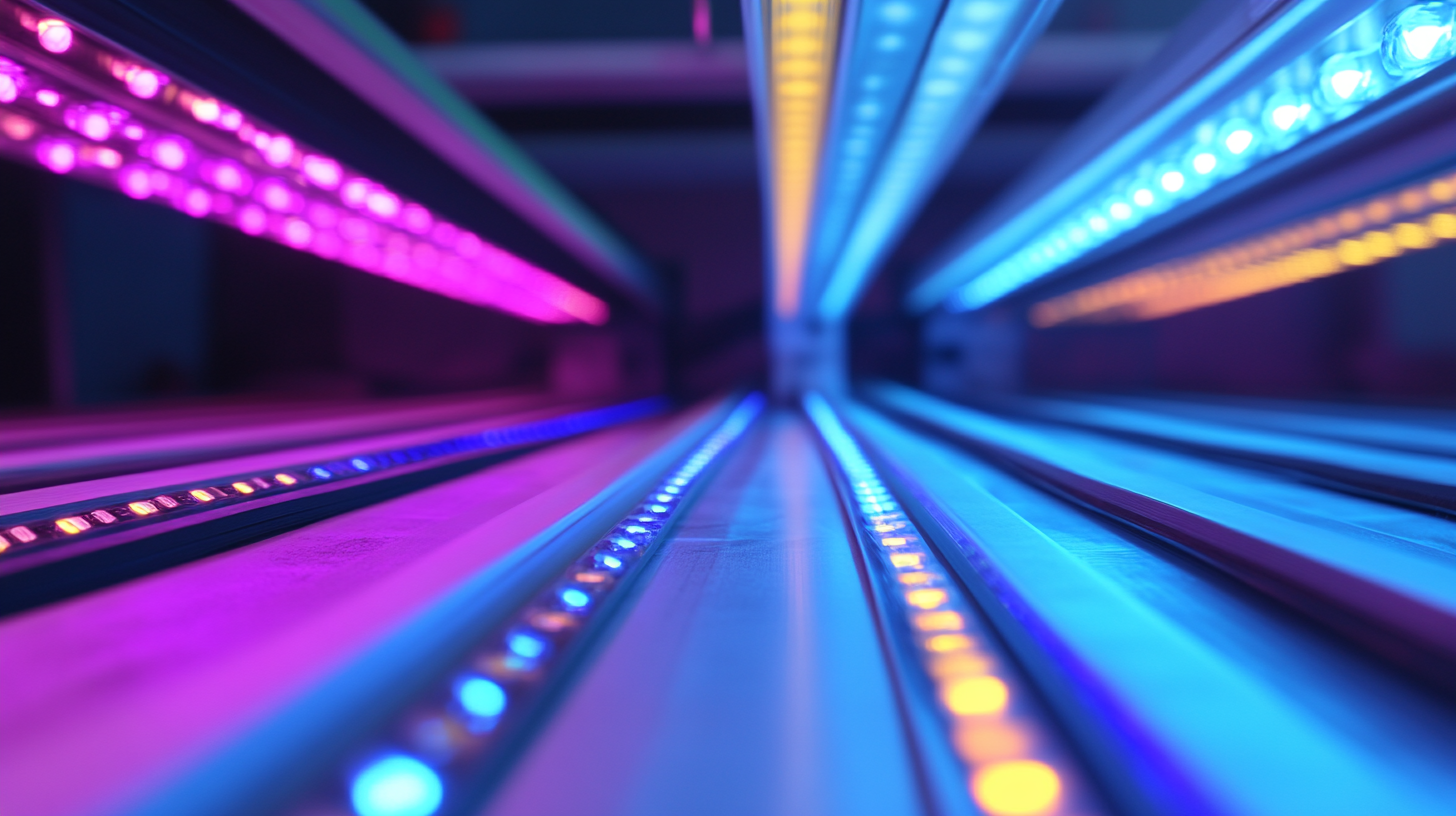Discovering Reliable Sources for Quality LED Lighting Solutions
LED lighting has taken most areas by storm today because energy efficiency and environmental sustainability have become some of the conspicuous needs in people's houses and offices. At the same time, trying to find just the right solution for bright, long-lasting, and most energy-efficient lights available in the marketplace is a little overwhelming. This is the point at which one would need to find reliable sources of quality LED lighting. Basically, as a whole, we are looking to clear the air and emphasize the importance of using credible vendors whose products are verified for an everyday lighting need.
Not only an assurance that you are buying good products from the LED source, but also satisfaction and performance from that purchase will also be very much improved if you made the right choice. Very high energy efficiency in combination with durability levels and exquisite designs can make any space shine. This blog will walk you through the most important considerations when searching for credible suppliers while giving very useful pointers on how to maneuver through the market. This is us traveling through this journey toward illuminating the most important practices concerning which to make decisions when it comes to buying LED lights.

Identifying the Key Characteristics of High-Quality LED Lighting Products
When choosing a high-class led or any lighting fixture, it becomes inevitable to understand the key characteristics that make the best out of the lights. The most important one, efficacy, is measured in lumens per watt (lm/W), describing how much light is produced with respect to energy consumed. According to the Department of Energy, efficacy of LED products has significantly increased, most of them being over 150 lm/W as compared to incandescent bulbs averaging merely 15 lm/W. Thus, it signifies a difference in energy efficiency in LEDs and cost savings for the users. Color-rendering index (CRI) is another major characteristic. In this regard, CRI signifies the ability of a light source to reproduce every color toward its natural behavior. Factors usually considered under residential and commercial CRI are generally preferred when the main concern is color perception-both with indoor use as well as outdoor lighting. Reports from the Lighting Research Center indicate that more widely distributed LED sources have been developed in terms of versatility of design and application while they also seem to make the spaces more attractive in the residential settings with CRI 90 and above. Last but not least, said light products need answers toward the lifetime and reliability of LEDs. Quality manufacturing processes promise not only longevity, often beyond 25,000 hours, but stable performance and preferably no flicker or color shift with time. The Illuminating Engineering Society emphasizes that selecting items from reputable manufacturers providing an adequate amount of information on product specifications and performance guarantees can significantly increase the probability of satisfaction with the products and achieving optimal performance. By evaluating these, consumers can comfortably walk the road of blind marketing over LED lighting reliability.

Understanding the Importance of Certifications in LED Lighting
In this respect, the most valuable thing for a layman and the professional is to know why certifications are significant in the current LED light scene. Certification brings quality and reliability hallmark to the products, showing that products in question must conform to particular safety and performance measures. Todays innovations in cinema LED display systems have been initiated and developed under specific governments' key initiatives for modernization in the industry. It does not only add an exciting aspect to viewing process but throws light on the need for certification, especially in an environment where products face demanding operations.
The induction of newly launched products such as the world's first Zigbee 3.0 certified LED bulb enhances the significance of certifications in the new technological innovation developments. It guarantees that this final product has been made to conform to strict communication protocols, enabling a better smart-technology user experience. Added to the mix are several green certifications, such as the carbon footprint certification recently awarded to a leading LED supplier, which show how much the industry is devoted to being sustainable and, therefore, how much quality and ecological responsibility certifications can portray.
Setting their sights on educational environments, yet another dimension is shown as demonstrating just how paramount proper lighting solutions are. Certainly, as awareness regarding injurious effects due to poor classroom illumination increases, certified LED lighting products are now becoming even much sought after; good lighting can help improve health safety for the eyes. Reports indicate that by optimizing classroom light conditions, incidences of vision-related problems may be reduced by a magnitude or two among students: quality-lighting solutions should thus be paired with health consideration.

Evaluating Supplier Reputation and Reliability in the LED Market
Beyond doubt, once dedicated to the sourcing of good quality LED lightning solutions, supplier reliability is of utmost importance. The report published by Grand View Research states that the global LED lighting market is expected to garner $105.6 Billion by 2025, as the demand and competition for this industry is ever-increasing. This is fast-paced growth, further emphasizing the association with suppliers who are reliable and can offer very high-quality products along with the service.
A whole array of metrics can be used to evaluate a supplier's reputation; these include customer reviews, case studies, as well as industry certifications. For example, there is a commentary produced by the Lighting Research Center at Rensselaer Polytechnic Institute in which they opine that reliable products are offered by manufacturers having industry certifications recognized by all, for example, ENERGY STAR and DLC. Such certifications ensure that the respective lighting solution meets specified performance and quality standards and thus gives potential buyers more confidence in their purchasing decisions.
Further, according to a report by MarketsandMarkets in the recent past, 70% of the buyers rate supplier reliability as the most prioritized area when considering a partner for LED solutions. Supplier trust is built upon factors such as innovative products, technical support, and responsive customer service. Suppliers willing to share information and demonstrate profound expertise in LED technology are able to solidify the partnership and keep their clients on track with maximizing the results of their investments. In a situation where competition is quite high, partnering with dependable suppliers becomes not just a bonus, but a requisite for long-term successful ventures in LED lighting applications.

Comparing Different LED Lighting Solutions for Specific Needs
Indeed, there is much progress regarding LED lighting solutions, and each has changed how people think of illumination within specific sectors with specific applications and unique needs and demands. Almost all recent reports on the industry highlight how LEDs transformed lighting-use technology as: awesome, long-lasting, and most importantly versatility. For example, LED lighting could potentially last 25 times longer than traditional incandescent bulbs, using 75 percent less energy, according to a report by the U.S. Department of Energy. This makes LEDs very ideal for residential users in optimizing electricity costs, as well as businesses intending to adopt sustainable practices.
It is crucial to analyze the various features available when looking into applications like outdoor lighting, smart lighting systems, or ornamental lighting. The development of micro-led technology has opened places for increased possibilities in resolution improvements for any applications requiring high-quality displays, such as in the theater or architectural lighting uses. As industry news says that with new advances in micro-LED technology, the resolution can be boosted up to 100 times that of traditional matrix LEDs, which makes them exceptionally suitable for fine designs and modern visualization.
They'll probably be supplemented with more and more products turning into innovative urban lighting solutions, like smart LED lights that work with home automation systems. These control functions are not only smart, but they could also adjust to the user's preferences based on environmental changes for better control of lighting quality. The integrated sensors and automation also associated with the reliability and functionality in line with other trends are destined to meet the shifts in needs for consumers. Development in technology continues in LEDs; consumers, as well as companies, can look forward to a future that will enhance not only the reliability but also efficiency in addressing specific needs.
Exploring Customer Reviews and Case Studies for Informed Decisions
Customer reviews and case studies prove to be invaluable for customers when looking for quality LED lighting solutions. According to research, about 90% of consumers apparently read online reviews before making a purchase; this only shows how peer opinions are weighed heavily in their buying decision. Trustpilot and Yelp provide information about customers' experiences and clear patterns of satisfaction and product performance trends, which can sway them toward or against specific lighting solutions.
Case studies also show simple applications involving LED lighting to prove their performance in different environments. For instance, a recent LRC case study showed that a commercial building renovation with LED lighting resulted in a 50 user% percent decrease in energy and a 30 percent reduction in maintenance costs. Such case studies help present the tangible benefits of LED technology and enable prospective buyers to picture what improvements can be expected.
In this sense, understanding what other companies have experienced allows customers to select products so tailored to their needs. A very long report from the Department of Energy recorded that good-quality LED products can last much longer-some 25,000 hours-about 25 times longer than incandescent bulbs, solidifying their claim as a cost-effective solution in the long run. Certainly, these reports, along with the firsthand experiences and case studies, build a comprehensive picture, which gives enough confidence to consumers to select dependable LED lighting solutions.





